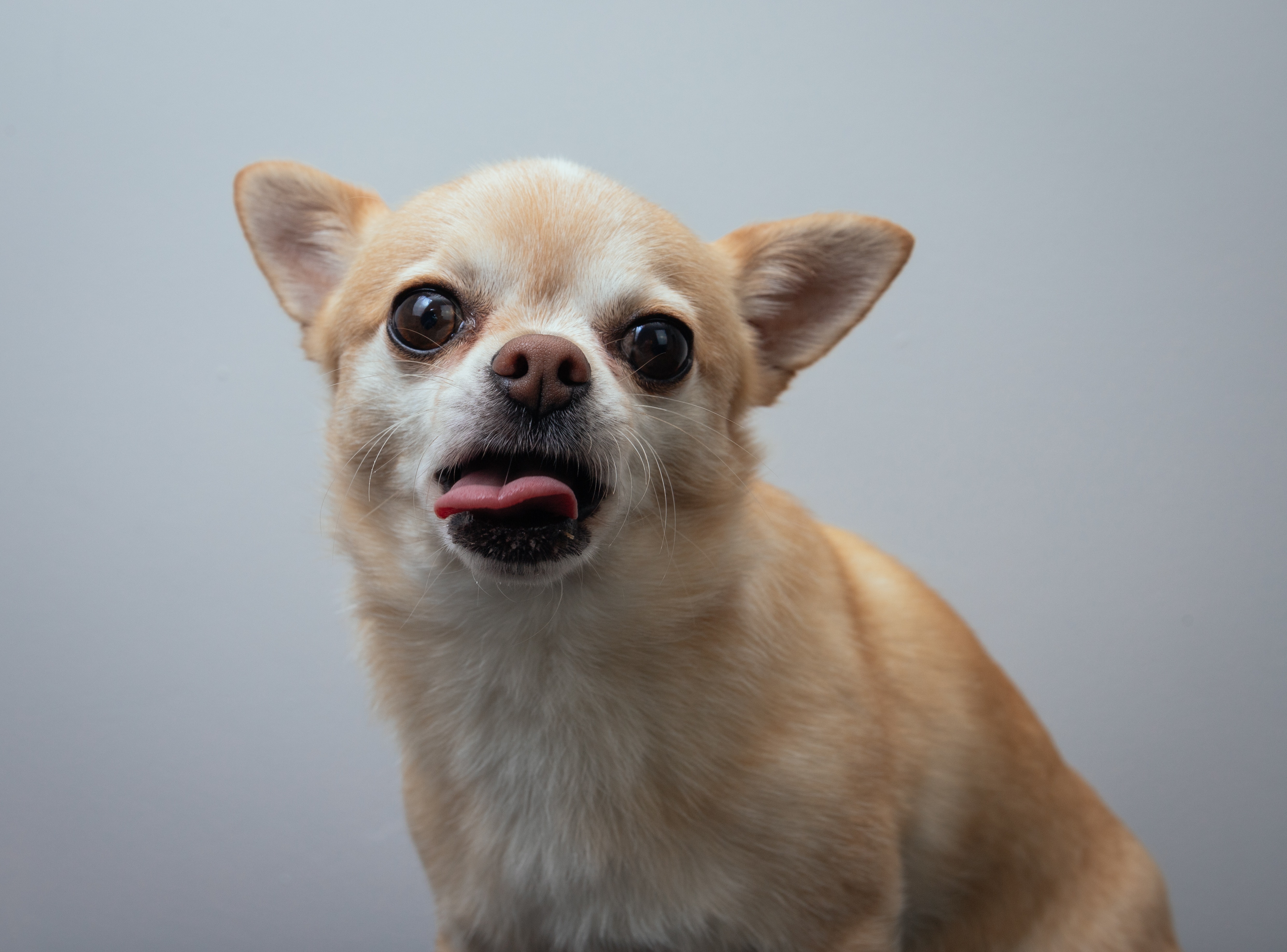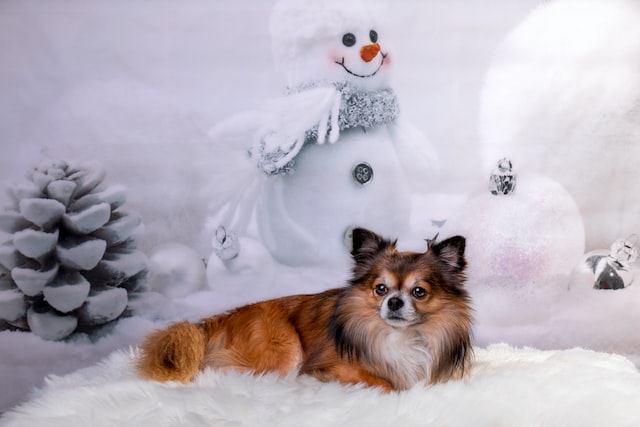Although some families with a single lovable Chihuahua may feel complete, others may find that bringing home a new furry member, especially a young puppy, is a wonderful adventure for the whole gang. The process of introducing new pets can be challenging. Chihuahuas are known to be possessive of their human families, so it’s possible that these little dogs won’t want to share their owners with another canine. Now, it’s time for you to know how to introduce a new puppy to your Chihuahua!
Common Behavior Of Chihuahua
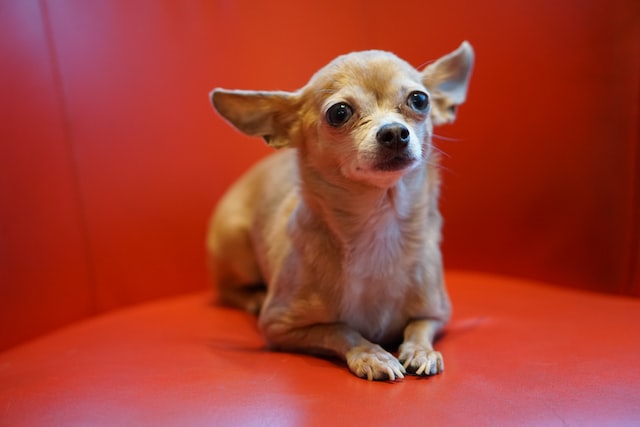
A Chihuahua packs a mighty punch in a tiny package. With their feisty spirit and playful nature, they light up any room they enter. But don’t let their size fool you, these little dogs have hearts of gold and an innate ability to make friends with everyone they meet. Cuddle buddies for life, Chihuahuas are the ultimate definition of love in miniature form. If you’re lucky enough to call one your own, you know the boundless joy they bring to your life.
🟫 Affectionate
Chihuahuas are the epitome of love in four-legged form. Their cuddle bug personalities will steal your heart in an instant, and their loyalty is unwavering. Following you every step of the way, these pint-sized pups are always ready for snuggles and belly rubs. Whether you’re binge-watching your favorite show or lost in a good book, a Chihuahua in your lap is the ultimate comfort. However, if you have young ones who play on the floor, a Chihuahua’s need for closeness may not be the best fit for your family dynamic.
🟫 Loyal
Chihuahuas embody the truest form of devotion, with their unwavering loyalty to their loved ones. If you’re searching for a faithful companion that will never leave your side, look no further. These pint-sized pups have big hearts and even bigger personalities. Not only are they the ultimate shadow, but they also make excellent watchdogs, with their sharp senses and protective bark.
Though they may seem aloof at first, Chihuahuas are affectionate creatures at heart. They simply take a moment to warm up to new people and environments. Once they do, they’ll shower you with love and affection, seeking out cuddles and snuggles at every opportunity. With their tiny size and big personality, Chihuahuas are the perfect blend of cuteness and love.
🟫 Active
Chihuahuas are bundles of energy waiting to explode. These lively pups need plenty of exercises and mental stimulation to keep them happy and healthy. Daily walks and playtime in the park are musts for this energetic breed. With their playful nature, Chihuahuas love to run, jump and play, making them a joy to be around.
However, Chihuahuas can be feisty and may not be the best choice for families with young children. Socialization is key for this breed, as without proper training, they may become aggressive toward kids. If you’re looking for a high-energy pup that requires lots of attention, a Chihuahua is a perfect fit for you, but make sure to invest time in proper socialization to ensure a harmonious household.
🟫 Loves to bark
Chihuahuas are the barking ambassadors of the canine world. These vocal pups have a lot to say, whether it’s a warning to strangers, a greeting to fellow pets, or simply an expression of their excitement. If you’re looking for peace and quiet, a Chihuahua may not be the best fit for you.
Their high-pitched yaps may sometimes be mistaken for annoyance, but for many, it’s simply part of their charm. With their tiny size and big voices, Chihuahuas bring a unique energy to any household. So, if you’re looking for a spunky and lively pup that isn’t afraid to make a noise, a Chihuahua just might be the perfect match.
Will A Chihuahua Accept New Puppy?
Welcome to proud pet parenthood! You’ll love a Chihuahua puppy. New pet owners love these tiny dogs. It’s crucial to consider your present furry family’s dynamics. Chihuahuas are known for their friendliness and peace-loving attitude, yet every pet reacts differently to a new arrival. To ensure a smooth transition, it’s important to understand the elements that may affect the introduction of your new Chihuahua puppy to your other pets. Explore these in the next section to create a harmonious home.
Factors That Influence Acceptance
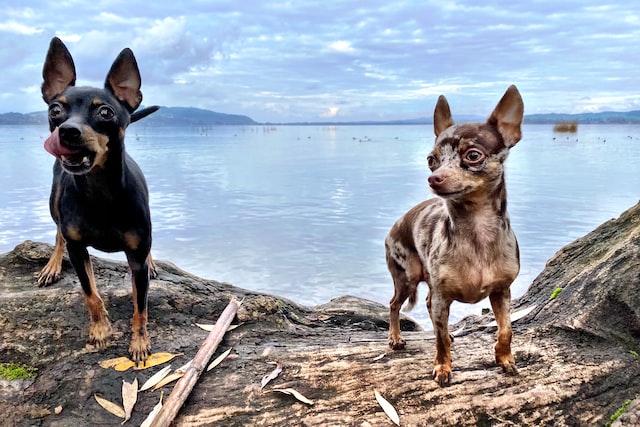
Bringing home a new bundle of joy can be both thrilling and overwhelming, especially if you have an older furry friend. While adding a puppy to your household can be a heartwarming experience, it can also be a source of stress for your Chihuahua. The question on every pet parent’s mind is whether their little Chihuahua will warm up to the new addition. In this section, let’s delve into the key elements that determine whether a Chihuahua will accept a new puppy and create a harmonious household.
🟫 Age and temperament
Age and temperament play a crucial role in determining how your furry friend will react. If your Chihuahua is older, more laid-back, and has a gentle and friendly disposition, chances are they will welcome the new addition with open paws. On the other hand, a younger, more energetic, and aggressive or fearful Chihuahua may find it harder to adjust. So, when it comes to introducing a new puppy, the age and personality of your Chihuahua matter!
🟫 Way of introduction
The first meeting between your Chihuahua and the new puppy is a crucial moment that will shape their relationship for years to come. A slow and controlled introduction is the key to success. Give both pups the chance to sniff and get familiar with each other in a calm environment. Refrain from rushing the process or letting rough play ensue too quickly. By taking things slow, you’re setting the stage for a lifelong friendship between your furry friends.
🟫 Supervision
Early bonding between dogs requires patience. As a pet parent, you must supervise and ensure safe and conflict-free interactions. If one pup shows hostility or fear, you must supervise their interactions. You’re creating a healthy and long-lasting friendship amongst your furry pals by watching them.
🟫 Training
A confident and obedient Chihuahua is simpler to accept a new family member. Training sets clear norms and boundaries for both canines and helps them develop personally. Training your Chihuahua prepares them for the new puppy and sets the stage for a peaceful relationship.
🟫 Consistency
Consistency helps two furry companions get along. Treating both dogs equally with affection, attention, and exercise can help create a solid attachment. Fairness and consistency create a tranquil atmosphere where both pups can grow.
How To Introduce A New Puppy To My Chihuahua
🟫 Get a place somewhere!
It’s best to do this in a fully fenced outdoor area that neither dog has “claimed” through frequent use. There shouldn’t be any other dogs or humans around, so a park at night or in the backyard of a friend without pets would be ideal.
Since this isn’t always doable, the next best thing is to find a large, off-leash outdoor area where the dogs may meet and greet one another. If you can’t make use of the outdoors, a spacious garage or basement are good alternatives.
You should put away any items, such as dog toys, bones, beds, and even empty food bowls, that the dogs could fight over. Even things your dog doesn’t appear to be interested in should be taken into account.
🟫 Take note of your dog’s nonverbal cues.
Both dogs should be on a leash at the start of the introduction procedure, thus having someone who is fluent in canine body language is helpful. Keep an eye out for relaxed, loose canine body language devoid of hard stares, stiff postures, freezing in place, or a drooping or tucked tail, indicating contented social interaction between the dogs.
Be on the lookout for the often-missed or misconstrued indicators that one dog is attempting to flee. If your dog comes running over to you, it’s probably because they need a break from the interaction and you shouldn’t send them back “into the fire.”
Involve a trainer if you feel uneasy about the dogs’ interactions during this first stage or if you don’t know how to interpret your dogs’ actions.
🟫 Take your pets on a walk together.
Parallel strolling with both dogs is the next stage after introducing a new dog. They need to be separated just enough so that they are aware of each other, yet close enough so that they are not preoccupied with trying to get to one another.
Keep a safe gap between your two dogs as you walk them in the same direction (this will vary by dog). Then, switch places with the other dog-human duo so that both dogs can get a whiff of the path taken by the first.
Dogs learn a lot about other dogs through their pee, so let them sniff around potential bathroom locations. Both handlers need to keep their cool and release as much tension as they can from the leashes.
Reduce the space between the dogs as you walk in parallel if they are displaying friendly, relaxed behavior toward one another. Don’t let the dogs meet head-on as they come closer; this is an unnatural and unpleasant position for them to be in.
🟫 Free-range interaction
Return to a contained location, remove the dogs’ leashes if you’re satisfied with their behavior, and let them run free. Allow the dogs a few minutes to sniff each other while you provide compliments on their polite behavior, and then lead them on a quick stroll as a way to say goodbye.
The canines may now either continue sniffing each other to learn more about each other or begin playing. Dogs put their elbows on the ground and their rear end in the air in a play bow, which is a universal invitation to connect.
Keep an eye out for indicators of a polite exchange as the dogs play, such as pauses in the action and a willingness to share the spotlight.
Daily Monitoring: Improving Your Dogs Interaction
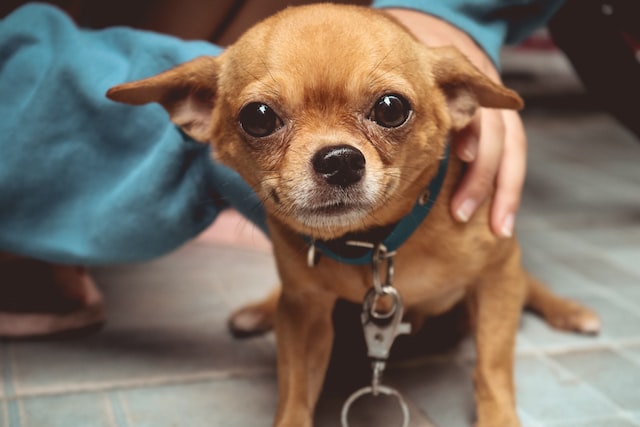
Keep the harmony after introducing dogs with these additional suggestions:
🟫 Dog feeding time
Separate the new dog from the resident dog at all times, but especially when feeding time rolls around. You can use a dog gate to separate them, or you can just put their bowls in different rooms.
Don’t let the dog who finishes eating first watch the other dog eat. Hold them apart until both dogs have finished licking their bowls to avoid any potential tension. After each meal, the bowls must be cleaned.
🟫 Bedding
Be on the lookout for any signs of aggression or possessiveness between the dogs when they are near their respective beds; some canines can be rather possessive. Getting a new bed for your dog is a wonderful idea, even if the current one is big enough for both of them to use.
🟫 Toys
Reintroduce toys gradually rather than emptying the toy chest all at once after the initial introduction. When introducing a new toy to your dog, always keep an eye on them. Watch for signs of playfulness rather than guarding behaviors such as standing guard over a toy or snapping at another dog who comes too close.
🟫 Recreation
When dogs are having fun, they often don’t know when to say “when.” On the other hand, when dogs are too exhausted to continue playing, they may resort to undesirable behaviors. It’s good for your canines to take a break from their canine companions every once in a while.
Make sure each dog has their own space, whether it’s a separate room or just a gate separating two areas of the house. It’s important for dogs to have time away from their household companions, just like it’s important for people.
🟫 Patience
Have patience as your new dog and resident dog adjust to life as siblings; this process can take months. Maintaining a culture of acknowledging and celebrating the good behavior of your dogs will help foster a bond that will last a lifetime.
How Do I Know If My Dogs Are Going Well Together?
Exactly how can you tell if your Chihuahuas are getting along? And when they’re not playing together amicably, they’ll either snuggle up close to one another or utterly ignore one another. You don’t want to witness one of the dogs constantly picking at the other, or showing an extremely enthusiastic, long-lasting interest in the new Chihuahua. Safely separate the two dogs and consult an experienced trainer or animal behaviorist as soon as you notice any indicators of predatory behavior in your Chihuahua (stalking, lurking, intense staring, the rigidity of the body).
Final Words
The prospect of introducing a new puppy into your Chihuahua’s life may seem scary, but the results may be incredibly rewarding. This will lay the groundwork for a great bond between the two dogs. These two puppies can learn to get along and develop an unbreakable relationship with the help of training and socialization methods. Never leave your pets unattended, and make sure to keep an eye on their social interactions as a responsible pet owner. But if you’re willing to put in the time, effort, and care, your furry pals will blossom into the best team possible.
To know how to properly train your Chihuahua, just click here!
Here at ILoveChihuahua, we share our personal experiences as owners of this feisty breed. We talk about recommended methods, dog supplies picks, and advice on common Chihuahua problems. Our goal is to promote responsible dog ownership, so there would be fewer Chihuahuas in shelters.

